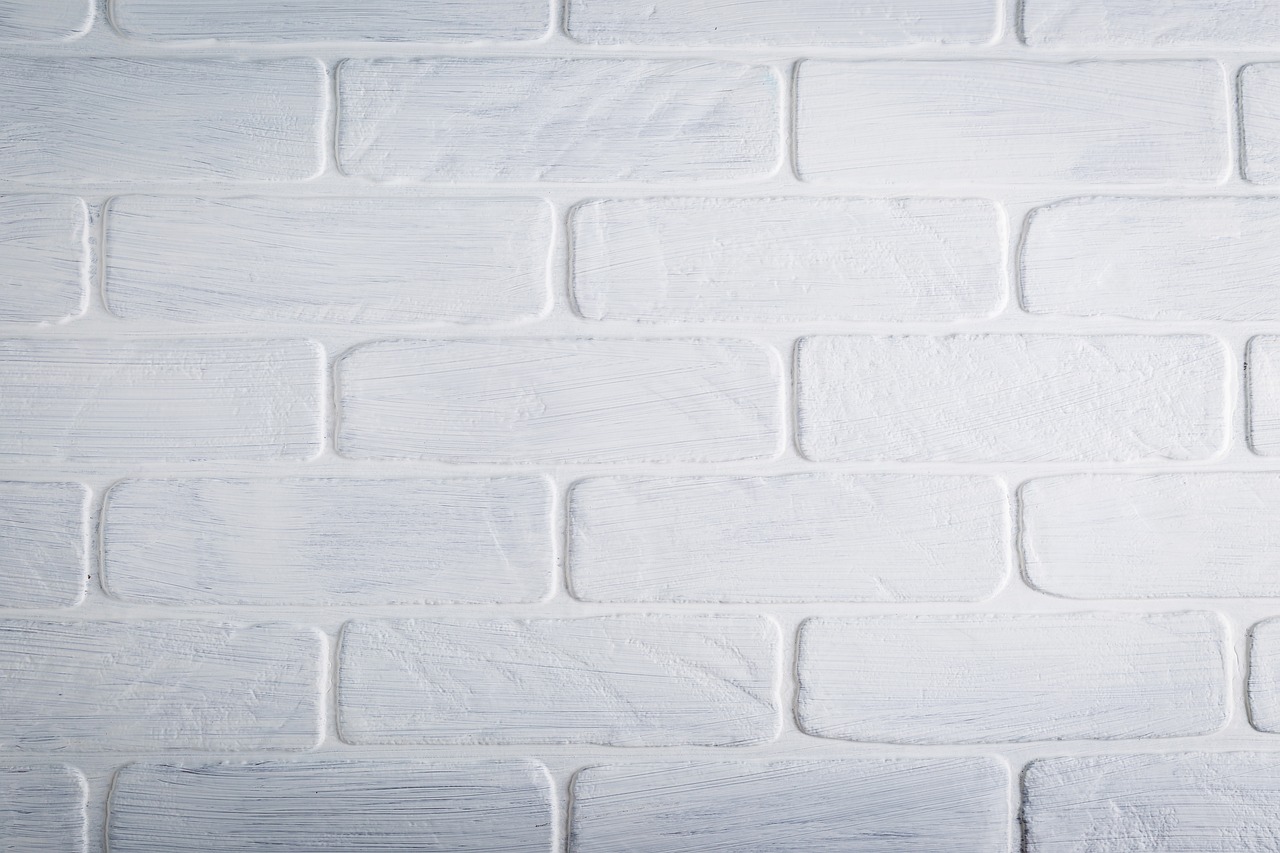As of late my depression and anxiety have been extremely high. I’m having difficulty functioning in my day to day life, particularly at my part-time job. The outcomes of the latest mass shootings aren’t at all helping either. I’m once again watching people diagnosed with mental illnesses being used as a scapegoat. I find myself screaming into the ether, as do many others, that there is no correlation between mental illness and acts of terrorism and/or gun violence. However, even with actual medical doctors throwing study after study into the faces of those who are just ignorant to reality, it’s like they just turn their head and stick their fingers in their ears because if they can’t see or hear it, then it doesn’t exist.
I’ve grown more accustomed to people not listening to people like me or even professionals after mass shootings about what can actually be done to reduce their prevalence. I watch the promises of greater access to quality mental healthcare never come to fruition as this response is not actually about reducing mass shootings and gun violence but silencing the people who want something done. Making people living with mental illnesses the villains because there is already a prejudice towards us won’t shake the voter base of people in power, but actually acknowledging and confronting the cause: white supremacy, misogyny, and a gun culture that holds killing machines in higher regard than human life would be sure to have an elected official voted out or worse, be threatened with death.
However, this post isn’t really about gun violence and the lack of correlation between mass shootings and mental illness. This post was spurred by Andrew Cuomo’s and Donald Trump’s solutions of creating a registry of the mentally ill and institutionalization. They say this with blatant disregard for civil liberties, ignoring the fact that those with mental illnesses are more likely to be victims of violence than perpetrators, and why so many large scale mental institutions were closed to begin with.
The idea of being not just hospitalized, but forced into a long term psychiatric institution brings shivers of fear down my spine and overwhelming anxiety that I can’t shake. As someone who has been both voluntarily and involuntarily committed to psych hospitals, I have never once been released without added trauma. When those of us who fight so hard not to go back explain that it is because it is like a prison, that is not over-exaggeration or hyperbole. The feelings of dehumanization and helplessness are extremely similar. I’ve been inpatient with plenty of people who have also been in jail/prison and they have confirmed the similarities.Throughout history and up until today, the US has tried to find a blanket remedy for the care of people with mental illnesses. However, none of these remedies ever took/take into account that different people need different types and different levels of care. Deinstitutionalization was brought about decades ago as the abuses within psychiatric facilities were brought to light and more effective drugs came to market. The move for deinstitutionalization was based on the premise that patients were supposed to be released to community mental healthcare alternatives but once the Reagan era hit, funding for these places was cut drastically and the most severely ill were left to the streets. What no one saw coming was that community-based care did not work for the most severely affected by mental illness, leaving them homeless, subject to being victims of violence, and replacing institutionalized care with the revolving door of the prison system. The book “No One Cares About Crazy People” is part non-fiction detailing over a century of mental healthcare history and part autobiographical retelling of maneuvering the current system with children with severe mental illnesses.
I currently stand in a place regarding community care, short term hospitalization, and long term hospitalization that isn’t popular, especially among mental health advocates. It is completely divorced of this bandwagon idea that we (the mentally ill) cause mass shootings, the majority of gun violence, or just violence in general because these assertions simply aren’t true and have no evidence to back them. My opinions come from personal experience, research, and an understanding that there is no magic bean that will fix everything. I get into them below:
I do believe that long term psychiatric facilities can be a solution for some and there should be more of them. However, these institutions should be as much like a community living experience as possible. They would need to have properly educated and trained professionals as staff, with a staff: patient ratio that can ensure the safety of everyone. The overall goal should not be to “lock people away” but to provide a place for those with severe mental illnesses, who are prime targets for the criminal justice system, violence, and homelessness, that can keep them safe and healthy, while still allowing dignity and as close of an experience to the outside world as possible.
Imagine something like a small college town or campus, residents would have therapy and life skills training instead of classes, hold down jobs that afforded them responsibilities and a feeling of self worth, the use of isolation was outlawed as it is known to cause further mental decompensation, and staff were so prevalent and not overburdened by the number of people they have to watch that they can treat patients with respect and recognize someone’s mental state going downhill before they reach a crisis. But that would require seeing severely mentally ill individuals as human beings, deserving of respect, so this idea is a long shot.
Short term psychiatric units need a major overhaul. From decor to staff to intake processes. When I stated previously in this post that psychiatric units are unnervingly similar to prisons, this is what needs to be addressed. If you google images for photos of inpatient psychiatric wards they range from “this isn’t too bad” to the only thing missing here is a stainless steel toilet/sink combination. The ones that look relatively “inviting” are typically private facilities. The psych units you need excellent insurance and close proximity to be admitted into. The photos of other inpatient units are typically your local hospital that has a psych wing. Rest assured no other area of the hospital looks that grim and bland. The rest of the hospital is bright and inviting because they know that the feelings your environment elicit will affect your recovery. But somehow this message never makes it down to whoever is in charge of maintaining the psych units. We get the bare minimum. Eggshell white walls with maybe a blue or green stripe hear and there. Hard uncomfortable seating that you are expected to stay in for hours of the day as you go from group to group. Old, outdated entertainment equipment with movies and books that old staff members donated because they no longer wanted it cluttering their homes. As of 2016, there were still psych hospitals I had been to that were using VHS tapes and machines for “movie night.”
The intake process is almost identical to the intake process you see for jail, strip naked, squat and cough, etc. Also, you are asked the same questions repeatedly by different staff. Nothing makes me more agitated when already not mentally well than repeating myself when another staff member could have more easily shared with you my basic information, like name, birthday, where I live, if I live alone, all that simple stuff. But no, you insist on putting me through back to back “interviews” when I very likely have just spent 1-3 days in the ER and really just need a shower and a sandwich.
The staff with an RN or Ph.D. after their names typically have zero bedside manner. They talk down to patients, refuse to listen to our lived experiences regarding medication we’ve taken or how we’re feeling. I’ve definitely had to look a doctor in the eye and yell “I don’t have an addiction, I tried to kill myself you dumbass!” They also believe we are attention-seeking when really we are having severe side effects from new medications that we need relief from, or trying to explain that we aren’t noncompliant but they are trying to give me meds off a chart that is 3 years old and that medication caused seizures so please actually call my current doctor and tend to treat us as some workbook word problem: If patient A comes in exhibiting suicidal ideation and a history of depression what is your first plan of action:
A. Find their medical history with a list of past medications if possible
B. Ignore anything the patient tells you about their medical history, what was a possible trigger for their current episode, treat them as if they are not the experts on themselves, and proceed to prescribe the first antidepressant that comes to mind
C. Listen to what they have to say about their history, what has and hasn’t worked, and treat them with respect.
You will find that more often than not you will experience B. I’ve lived with this illness for over half of my life and have proof from both medical records and genetic testing that I cannot tolerate most psychiatric medication, but I might as well sound like Charlie Brown’s teacher because nothing I say is EVER taken into consideration. The only way I’ve gotten some of my requests acknowledged is because my parents are still extremely active in advocating for me, but even now they notice how much worse it’s gotten. Getting in touch with a doctor or social worker in the hospital has worse odds than hitting big on a slot machine in Atlantic City.
Community mental health programs, as they stand now, are inadequate. Mainly due to funding, but also due to the communities they serve. Let us never forget that mental health service providers hold biases too, whether it’s against the mentally ill, the poor, addicts, people of color, the LGBTQ+ community, etc. These biases directly impact community care facilities because these are the places that predominantly serve those living at these intersections. You will see long wait times, short appointment times with doctors no matter what your mental state is (between 10-15 minutes), unclean facilities, rude staff, undertrained staff, and a high turnover rate as these places are treated as a jumping-off point to a better career by clinicians and social workers. Perhaps if these programs were better funded and salaries weren’t piss poor then good doctors and good social workers would stay on longer and push for better conditions for both themselves and their clients. But that seems like a pie in the sky dream at this point. We can’t even get universal healthcare passed, who cares about the “crazy people” having good mental healthcare?
I’ve really only scratched the surface regarding how to improve the mental healthcare system in the US. But this has been something weighing heavily on me as I am forced to recall the trauma I’ve experienced in psychiatric hospitals since locking us up, indiscriminately, and throwing away the key has become a hot topic. I don’t know which will cause the downfall of the country sooner, it’s love of guns and ableism or it’s refusal to stamp out white supremacy and hate.







Let me know what you think